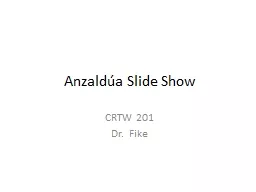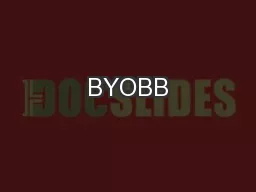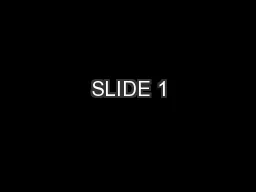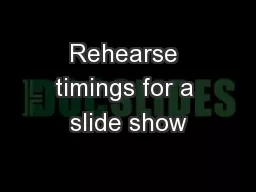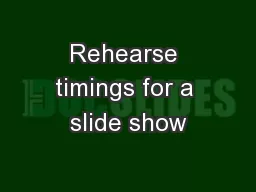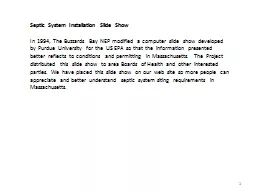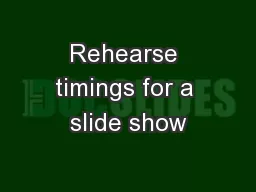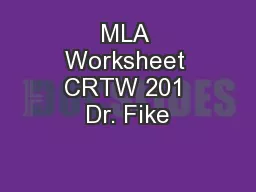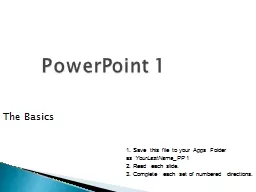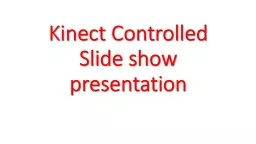PPT-Anzald úa Slide Show CRTW 201
Author : yoshiko-marsland | Published Date : 2020-04-05
Dr Fike Texts You must have Anzald úas texts in order to participate today If you do not go get them You may rejoin the class in progress Questionnaire Please
Presentation Embed Code
Download Presentation
Download Presentation The PPT/PDF document " Anzald úa Slide Show CRTW 201" is the property of its rightful owner. Permission is granted to download and print the materials on this website for personal, non-commercial use only, and to display it on your personal computer provided you do not modify the materials and that you retain all copyright notices contained in the materials. By downloading content from our website, you accept the terms of this agreement.
Anzald úa Slide Show CRTW 201: Transcript
Download Rules Of Document
" Anzald úa Slide Show CRTW 201"The content belongs to its owner. You may download and print it for personal use, without modification, and keep all copyright notices. By downloading, you agree to these terms.
Related Documents

